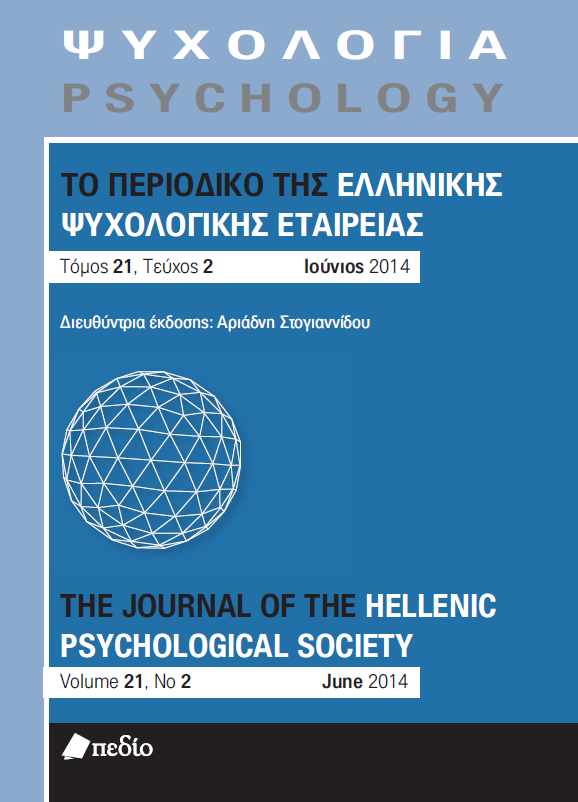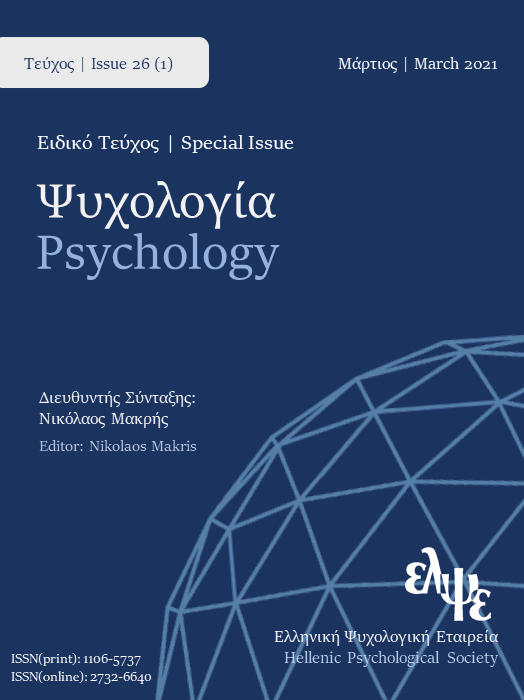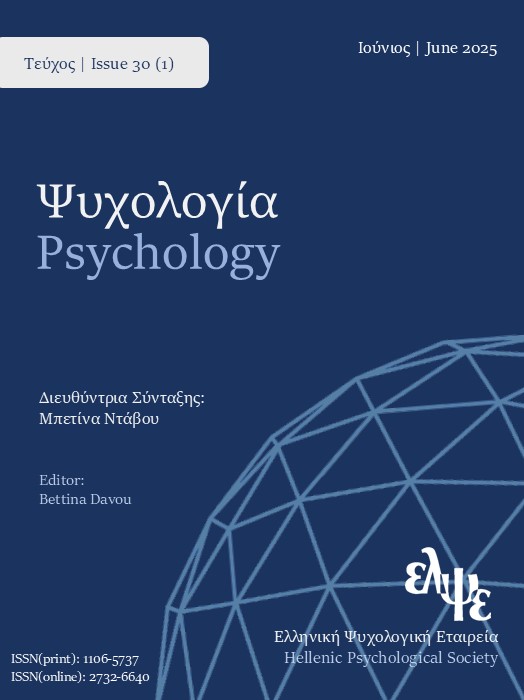Υιοθετημένοι έφηβοι με ιδρυματική εμπειρία: Η ποιότητα του συναισθηματικού δεσμού με τους θετούς γονείς τους

Περίληψη
Ο στόχος της παρούσας μελέτης ήταν να διερευνήσει την ποιότητα του δεσμού με τους γονείς σε εφήβους που υιοθετήθηκαν, μετά από την παραμονή τους στο Κέντρο Βρεφών «Η Μητέρα» τα δύο πρώτα χρόνια της ζωής τους, και σε εφήβους που μεγάλωσαν με τους βιολογικούς τους γονείς. Στην μελέτη συμμετείχαν συνολικά 88 έφηβοι ηλικίας 12 έως 14 ετών (Μ.Ο. ηλικίας = 13,1 έτη). Οι 52 έφηβοι ήταν υιοθετημένοι, ενώ οι 36, αντίστοιχης ηλικίας και φύλου με τους υιοθετημένους, μεγάλωσαν στη βιολογική τους οικογένεια και αποτέλεσαν την ομάδα σύγκρισης. Η ποιότητα του δεσμού των εφήβων με τους γονείς αξιολογήθηκε με τη Συνέντευξη Παιδιών για το Δεσμό (Target, Fonagy & Shmueli-Goetz, 2003). Οι συνεντεύξεις πραγματοποιήθηκαν στα σπίτια των εφήβων. Τα αποτελέσματα έδειξαν ότι δεν υπήρχαν διαφορές στην ποιότητα του δεσμού με τους γονείς τους μεταξύ των υιοθετημένων και των μη υιοθετημένων εφήβων. Διαφορές φύλου δεν εντοπίστηκαν. Ωστόσο, οι υιοθετημένοι έφηβοι είχαν περισσότερες δυσκολίες στην έκφραση των συναισθημάτων τους. Το συμπέρασμα που προκύπτει από τα αποτελέσματα της μελέτης αυτής είναι ότι η υιοθεσία δεν αποτελεί επιβαρυντικό παράγοντα για τη σύναψη ασφαλούς δεσμού μεταξύ των υιοθετημένων εφήβων και των θετών γονιών τους, ωστόσο, σε σύγκριση με τους μη υιοθετημένους εφήβους, κάποιες συναισθηματικές δυσκολίες των υιοθετημένων εφήβων είναι εμφανείς.
Λεπτομέρειες άρθρου
- Πώς να δημιουργήσετε Αναφορές
-
Ντούμα Μ., Βόρρια Π., & Βαϊράμη Μ. (2020). Υιοθετημένοι έφηβοι με ιδρυματική εμπειρία: Η ποιότητα του συναισθηματικού δεσμού με τους θετούς γονείς τους. Ψυχολογία: το περιοδικό της Ελληνικής Ψυχολογικής Εταιρείας, 20(4), 429–447. https://doi.org/10.12681/psy_hps.23601
- Τεύχος
- Τόμ. 20 Αρ. 4 (2013)
- Ενότητα
- ΕΜΠΕΙΡΙΚΕΣ ΕΡΓΑΣΙΕΣ

Αυτή η εργασία είναι αδειοδοτημένη υπό το Creative Commons Attribution-ShareAlike 4.0 International License.
Το περιοδικό ΨΥΧΟΛΟΓΙΑ έχει υιοθετήσει μία πολιτική Platinum open-access. Τα έξοδα υποβολής, επεξεργασίας ή δημοσίευσης των εργασιών καλύπτονται από την Ελληνική Ψυχολογική Εταιρεία. Τα πνευματικά δικαιώματα των δημοσιευμένων εργασιών προστατεύονται από την άδεια 'Creative Commons Attribution-ShareAlike 4.0 International'. Οι Συγγραφείς διατηρούν τα Πνευματικά Δικαιώματα και χορηγούν στο περιοδικό το δικαίωμα της πρώτης δημοσίευσης. Η άδεια αυτή επιτρέπει σε τρίτους, να χρησιμοποιούν την εργασία σε οποιαδήποτε μορφή, με την προϋπόθεση της διατήρησης των διατυπώσεων που προβλέπονται στην άδεια σχετικά με την αναφορά στον αρχικό δημιουργό και την αρχική δημοσίευση στο περιοδικό ΨΥΧΟΛΟΓΙΑ. Επιπλέον, κάθε διανομή της εργασίας οφείλει να γίνεται με τους ίδιους όρους διανομής, δηλαδή με την ίδια άδεια Creative Commons.







